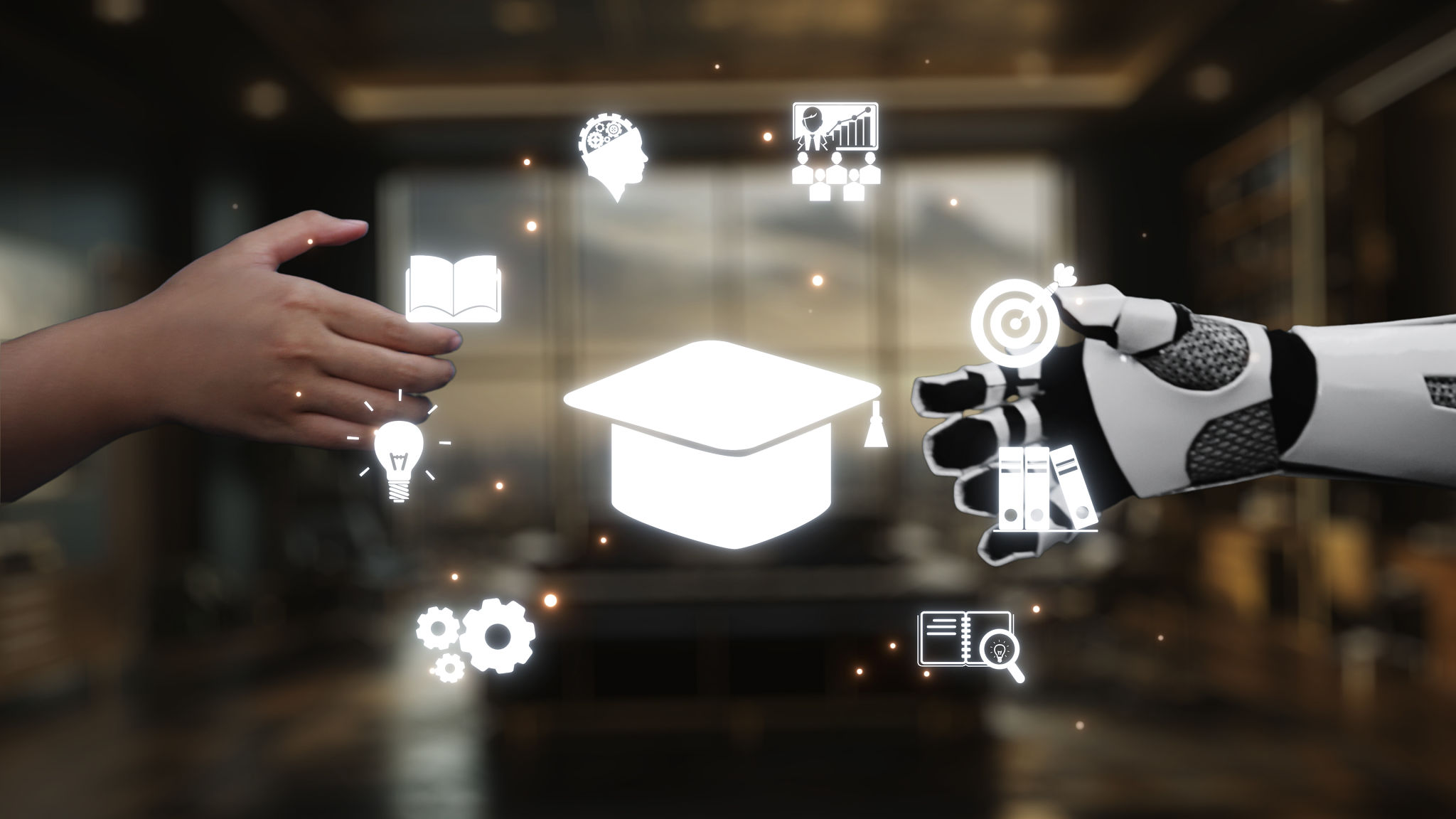Exploring Innovative Learning Methods in Malaysian Schools
Introduction to Innovative Learning Methods
In recent years, Malaysian schools have been actively incorporating innovative learning methods to enhance the educational experience for students. These methods aim to foster creativity, critical thinking, and collaboration among learners. As technology evolves, so do the opportunities for innovative education in the classroom.

Flipped Classroom Model
The flipped classroom model is gaining traction in Malaysia, allowing students to engage with content at their own pace outside of school hours. Traditional homework is replaced with video lectures and interactive online exercises. This method frees up classroom time for deeper discussion and hands-on activities.
Teachers can use this extra time to focus on personalized instruction and facilitate group projects. This approach not only encourages students to take ownership of their learning but also helps them develop essential skills for the future.
Project-Based Learning
Project-based learning (PBL) is another innovative approach being adopted by Malaysian schools. In PBL, students work on a project over an extended period, applying their knowledge to real-world challenges. This method enhances problem-solving skills and encourages teamwork.
By tackling real-life issues, students learn to see the relevance of their studies and become more engaged in the learning process. Furthermore, PBL allows educators to assess student understanding in a practical context rather than through traditional testing methods.

Integration of Technology
The integration of technology in classrooms is revolutionizing education in Malaysia. Schools are now utilizing tablets, interactive whiteboards, and educational software to create dynamic learning environments. These tools provide students with access to a wealth of information and resources at their fingertips.
Technology also facilitates personalized learning by allowing educators to tailor lessons to individual student needs. This adaptability ensures that all learners can progress at their own pace, enhancing both understanding and retention of information.
Collaborative Learning Spaces
Collaborative learning spaces are designed to encourage communication and cooperation among students. These spaces often feature flexible seating arrangements and technology-enhanced environments that promote active participation.

In these settings, students can work together on projects, share ideas, and develop social skills crucial for success in the modern world. The emphasis on collaboration helps prepare students for future careers where teamwork and communication are key.
The Role of Educators
Educators play a pivotal role in implementing these innovative methods. Teachers must be equipped with the necessary skills and training to effectively integrate new strategies into their classrooms. Professional development programs and workshops are essential for keeping educators up-to-date with the latest trends in education.
Conclusion
Exploring innovative learning methods in Malaysian schools is vital for preparing students for the challenges of the 21st century. By embracing approaches like flipped classrooms, project-based learning, technology integration, and collaborative spaces, schools can create a more engaging and effective educational experience. As these methods continue to evolve, they hold the promise of transforming the future of education in Malaysia.
